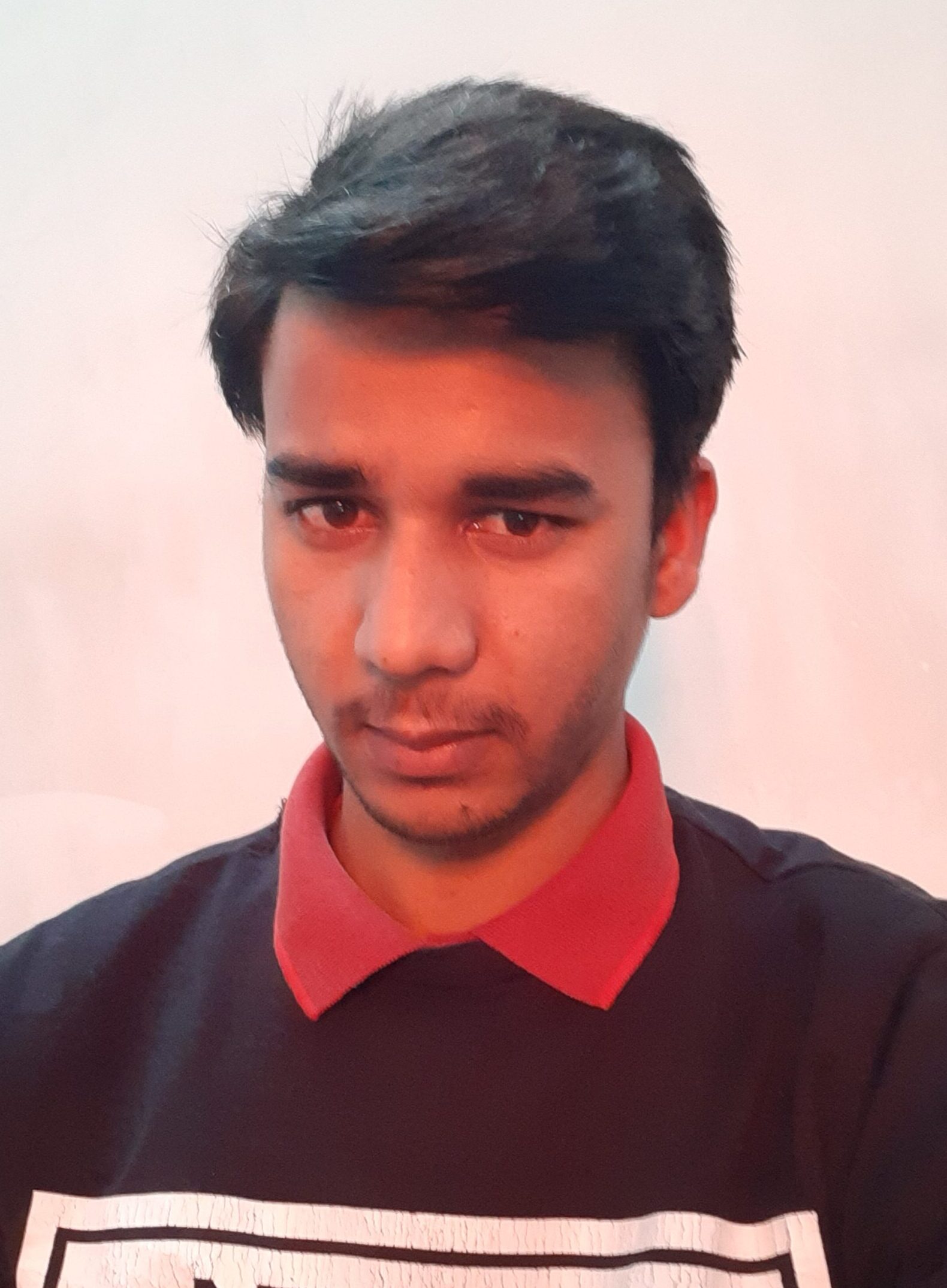
Design
- API Designer – The first step in the API lifecycle is design — when the API is created. Designing an API starts with an outside-in perspective, beginning with the “interface/contract” of the API.
It is web based tool to design API’s REST interfaces or specifications as per the requirement. While creating the interface it will validate the interface for any syntax error and highlight the same. It also show the tab to validate the interface where it show the mock interface


create the “user interface” of the API first, determining how the API looks and behaves – this is also known as the API contract. This approach is typically referred to as a “design-first” approach, and should follow a deliberate API design lifecycle to optimize for the best experience. This step must be done in a human-readable fashion — to specify the contract in a way that developers can easily digest.
Within this step, API developers perform these tasks:
- Design: Identify process and business requirements, create logical data model, translate into logical service, API groupings
- Simulate: Model API resources, model API operations/methods, model request/response payload/codes
- Feedback: Mock up the API, publish interactive console, create notebook use cases, receive developer feedback
- Validate: Modify API design as appropriate based on developer feedback, continue to validate
Any well-designed API will have repeatability across other APIs. This can easily be encapsulated into best practice patterns both at the structural level of the API (nouns resources), as well as at the method level (verbs). So as API developers go about the design process, it is important that they can discover and share repeatable patterns.
Follow Me
If you like my post please follow me to read my latest post on programming and technology.

Leave a Comment
You must be logged in to post a comment.